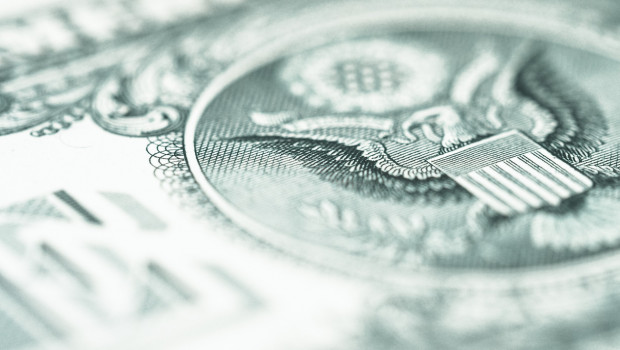US CPI undershoots forecasts in May

The cost of living in the States was unchanged last month, leading markets to price in higher odds of a rate cut in September.
According to the Department of Labor, in seasonally adjusted terms headline consumer prices were flat in May - the first such occurrence since July 2022.
Economists had pencilled in an increase of 0.1%.
In annual terms, the rate of increase in headline CPI ticked lower by a tenth of a percentage point to 3.3%.
Food prices ticked up by just 0.1% over the month, whilst those for energy dropped by 2.0%, snapping a three-month string of gains.
Core CPI, which excludes the often volatile energy and food categories, also undershot forecasts, registering an advance of 0.2%.
In fact, it was up by just 0.16%.
The consensus forecast there had been for a gain of 0.3%.
So-called supercore services prices excluding housing dipped by 0.04%, the first retreat since September 2021.
Underlying inflation came in at 3.4% in year-on-year terms, versus 3.6% in April (consensus: 3.5%).
Prices for new vehicles and apparel both fell, but those for medical care commodities surged by 1.3%, while shelter costs were again higher by 0.4%.
Shelter costs were up 5.4% over the past 12 months, having accounted for 0.54% of the gain in core CPI over that time span.
Following the latest data, Fed funds futures were left pricing in 70% odds of a first 25 basis point interest rate cut by the Fed come September's meeting.
"Core CPI increased by a more modest 0.2%m/m in May and, although we still need to see the PPI data tomorrow, it looks like core PCE, the Fed's preferred inflation metric, increased by significantly less than 0.2%, making it the first month this year when core prices have come in not just consistent with the 2% annual target, but below it," said Paul Ashworth, chief North America economist at Capital Economics.
"The May consumer price index was softer than expected and showed continued disinflationary progress, which will be welcomed by the Federal Reserve," chipped in Bernard Yaros, lead US economist at Oxford Economics.
"Yet, after a string of unfavorable inflation readings at the beginning of the year, the central bank will need a bit more evidence to ensure that inflation is sustainably headed to its 2% target."
-- More to follow --